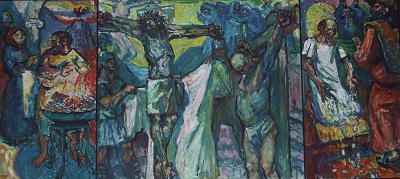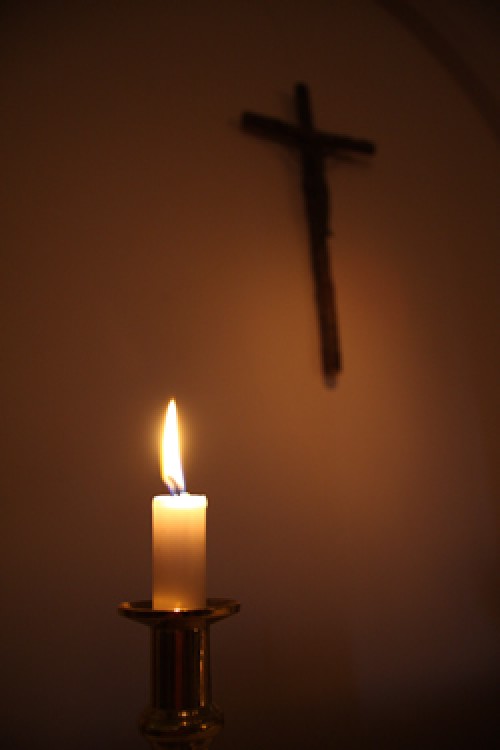Worship at ALC
Worship takes a pivotal place in the daily routine at ALC. During semester, worship is held on Tuesday at 9:00am and is live-streamed. Students and staff attend.
Worship life
The study of theology is closely linked with the practice of worship. The ancient rule of ‘lex orandi lex credendi’ (as a person prays, so they believe) is an important consideration in the study of theology and Christian service.
Students participate in the planning and leading of our worship as part of their training experience. The services vary in format and musical style, moving between classical, traditional, and more contemporary styles.
We follow the rhythm of the liturgical calendar, as it tells so well the Biblical story of salvation. Psalms are prayed regularly, and the community engages in intercessory prayer for the congregations and ministries of the church.
About the chapel
ALC has no separate chapel building. The room in Hebart Hall that the chapel currently occupies has served previously as a lecture theatre and dining hall, among other uses. It is located in the heart of the teaching and administrative areas, reflecting the continuous interchange between worship and daily life that is characteristic of an active Christian faith.
The altar and crucifix were designed for Luther Seminary when it was opened in 1968 and the chapel was upstairs in what is now a large lecture room. The current space, while relatively simple and unadorned, features several items of religious art, including a golden icon of Christ and a water-colour of baptism as dying and rising with Christ.

The most prominent work is a large triptych by noted Australian sculptor John Dowie, depicting scenes from the crucifixion.
The artist focuses our attention on the hands of Christ and the people involved, inviting us to consider our own role in Jesus' betrayal and death.






